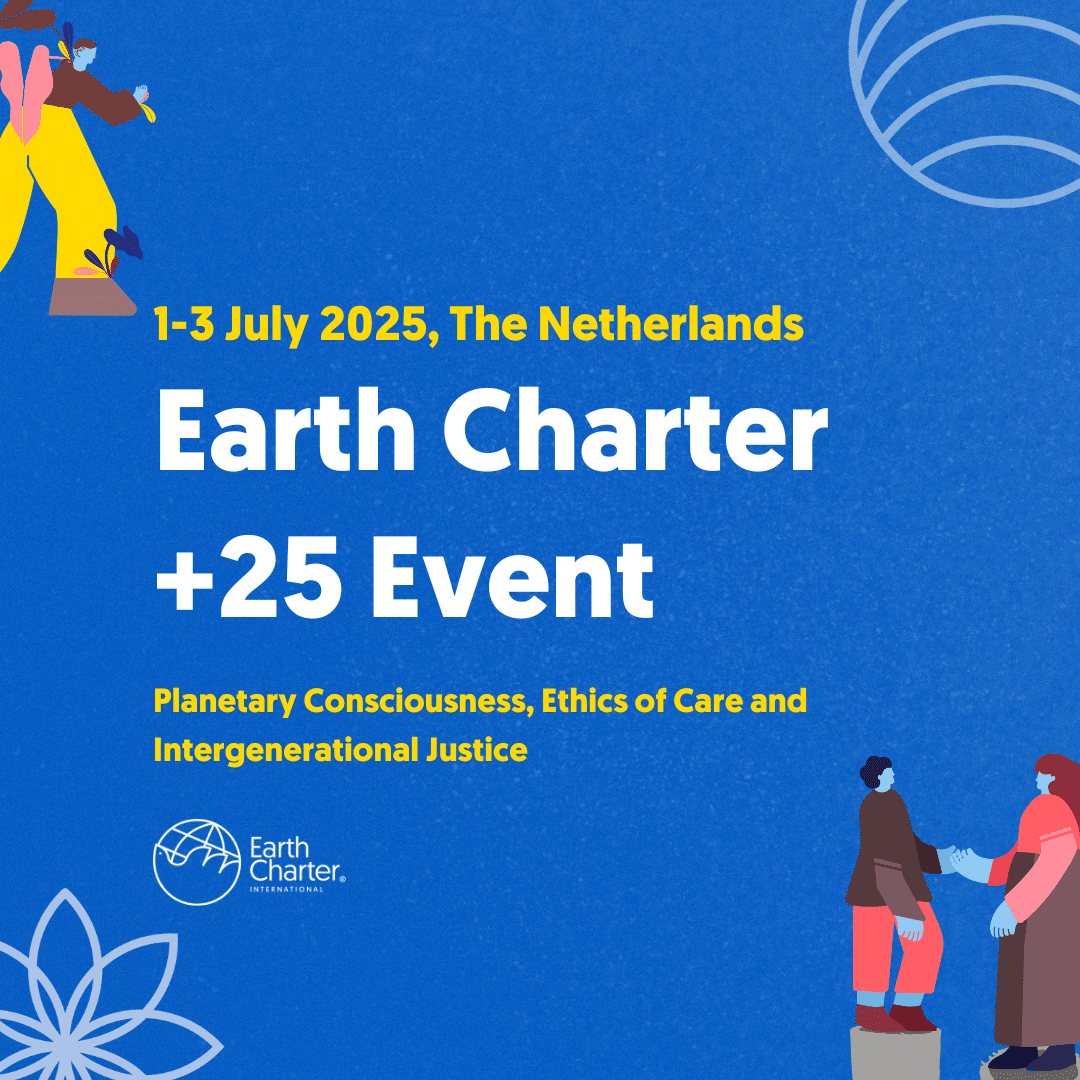By H.G. van Straaten (July, 2020)
We stand at a critical moment in Earth’s history, a time when humanity must choose its future. As the world becomes increasingly interdependent and fragile, the future at once holds great peril and great promise. To move forward we must recognize that in the midst of a magnificent diversity of cultures and life forms we are one human family and one Earth community with a common destiny. We must join together to bring forth a sustainable global society founded on respect for nature, universal human rights, economic justice, and a culture of peace. Towards this end, it is imperative that we, the peoples of Earth, declare our responsibility to one another, to the greater community of life, and to future generations. – The Earth Charter
The Earth Charter Cities Manifesto was written in response to the global crisis of 2008. It is designed as a tool to help cities realize their full potential, and to keep the delicate balance for the ecosystem that supports the environment, economy, and all of us.
Many of our biggest challenges arise in cities. Cities also have the capability to find the solutions, to heal and improve. Our cities continue to grow, our economies and networks become more global, and we face new challenges in social, economic, and environmental sustainability. Urban design and planning have never been more crucial for humanity. Current events are forcing us to again rethink our ways. The devastation of the COVID-19 pandemic also brings us an opportunity to reinvent our ways. This is an opportunity to rebuild our economy and cities for better balance and resilience, for us and for future generations.

The profession of Urban Design and Urban Planning began the late Medieval times. In urban history, we believe that the City of Ur, in what is now Iraq, was the first city in the world, founded in 4.000 years B.C. The city was destroyed in year 500, and much of the knowledge was lost. We believe that Damascus is now the oldest city in the world. It, too, is in the midst of destructive wars
As we came together in our ancient cities, we naturally sought safety and protection from the environment and other people. Challenges arose as we started to live together in such large numbers. Conditions were designed organically and not for the overall health of the citizens. Pandemics and other sicknesses raced through Europe and wiped-out large parts of our population. Just like now, our economy and our well-being suffered tremendously.
Slowly we learned how to organize our cities, how to deal with hygiene, waste, water, and food. Citizens gradually learned to plan and design our cities to help overcome diseases and serve the people. Ancient cities such as Athens, Istanbul, Rome, Cairo, Xi’an all had smart solutions to prevent problems and to make life better.
We lost much of the knowledge in the Dark Ages of Europe, so look to the past for clues. The Renaissance brought back Urban Design and Planning as well, with champions such as Leonardo da Vinci. Wars and the industrial revolution forced more change. We had to learn to build and rebuild quickly and to standards. City governments took over the tasks of planning and designing, rather than using the collective intelligence of the people. Modern cities are vastly difference to their ancestors
Still, we have inherited so many symbols and layers of meaning. Subconscious reminders of how cities were built are still all around us, even if we don’t remember where they come from. They reside on our streets and in our collective DNA.
An example of this takes us to ancient Rome. As Rome grew, the street surfaces came to be paved, but a lot of human and animal waste polluted the streets. This brought sickness and filth to the city. The Romans invented sewage systems, brought fresh water into town by viaducts, and made the streets safer with simply designed steppingstones.
The steppingstones where high enough people would not get their feet dirty in the filthy mud and unhealthy waste. Openings were left between the steppingstones for the wagons and chariots pulled by horses and oxen transporting people, food and other goods through the city. For hundreds of years, these stones were a beacon for spaces where people knew they could safely cross the streets.

Today, we don’t need the steppingstones. Our sewage and waste systems are far below street level. Our cars and buses are fast, and low to the ground. Yet, as pedestrians, we still look for our beacon all over the world, to know where we can cross the street safely.

And the funny thing is, now some of these crossings, or maybe just this one, have become so iconic that tourists from all over the world go to that place and cross the street. Now old urban symbols mix with new urban life.
Our cities are full of history. As we begin to understand them, we find this is not only helpful in our work, but also fun. Warning though: you may never walk the streets of a city again, without seeing things you have never seen before.
We can all do something. We hope to inspire people to improve. We want everybody on board.

On 18 April we will offer an online joint course between ECI and World of Walas click below for more.







